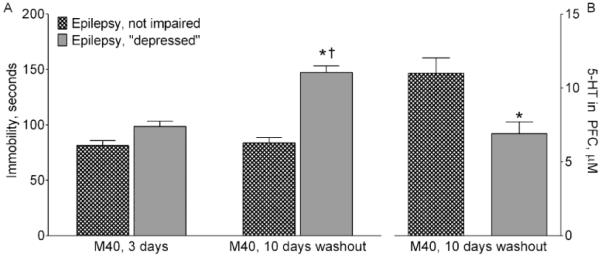Fig. 5. Behavior and serotonergic transmission after a washout following the administration of M40 in raphe nucleus.
A. Behavior. Immobility in the FST was examined 3 days (i.e. during drug delivery) and 2 weeks (i.e. after a 10 day-washout) after the start of intra-RN infusion of a GalR1/GalR2 blocker M40 in epileptic not-impaired and “depressed” rats. During M40 administration immobility time was similar between the two groups, and in the range observed in naïve animals (compare with Naïve, Fig. 1). After the washout, immobility time in “depressed” animals was significantly longer and in the range observed in “depressed” saline-treated rats (compared with Fig 1, Epilepsy, “depressed”). Data are presented as Mean±SEM *- p<0.05 “M40, 1-week washout” vs. “M40, 3 days”; †- p<0.05 Epilepsy, “depressed” vs. Epilepsy, not impaired. Two Way ANOVA with multiple comparisons plus Sidak’s multiple comparisons test. Interaction: F (1, 8) = 20.20, p = 0.002; time factor F (1, 8) = 24.59, p = 0.0011; Behavior factor F (1, 8) = 70.32, p = 0.0001. B. Serotonergic transmission. After the second FST (shown on A), serotonergic tone was measured in RN-PFC. In epileptic “depressed” subjects, the strength of responses was lowers than in epileptic not impaired rats. In both groups, data were in the same range as in respective saline-treated rats (compare with Fig. 2A). *-p<0.05 (Mann-Whitney test).

